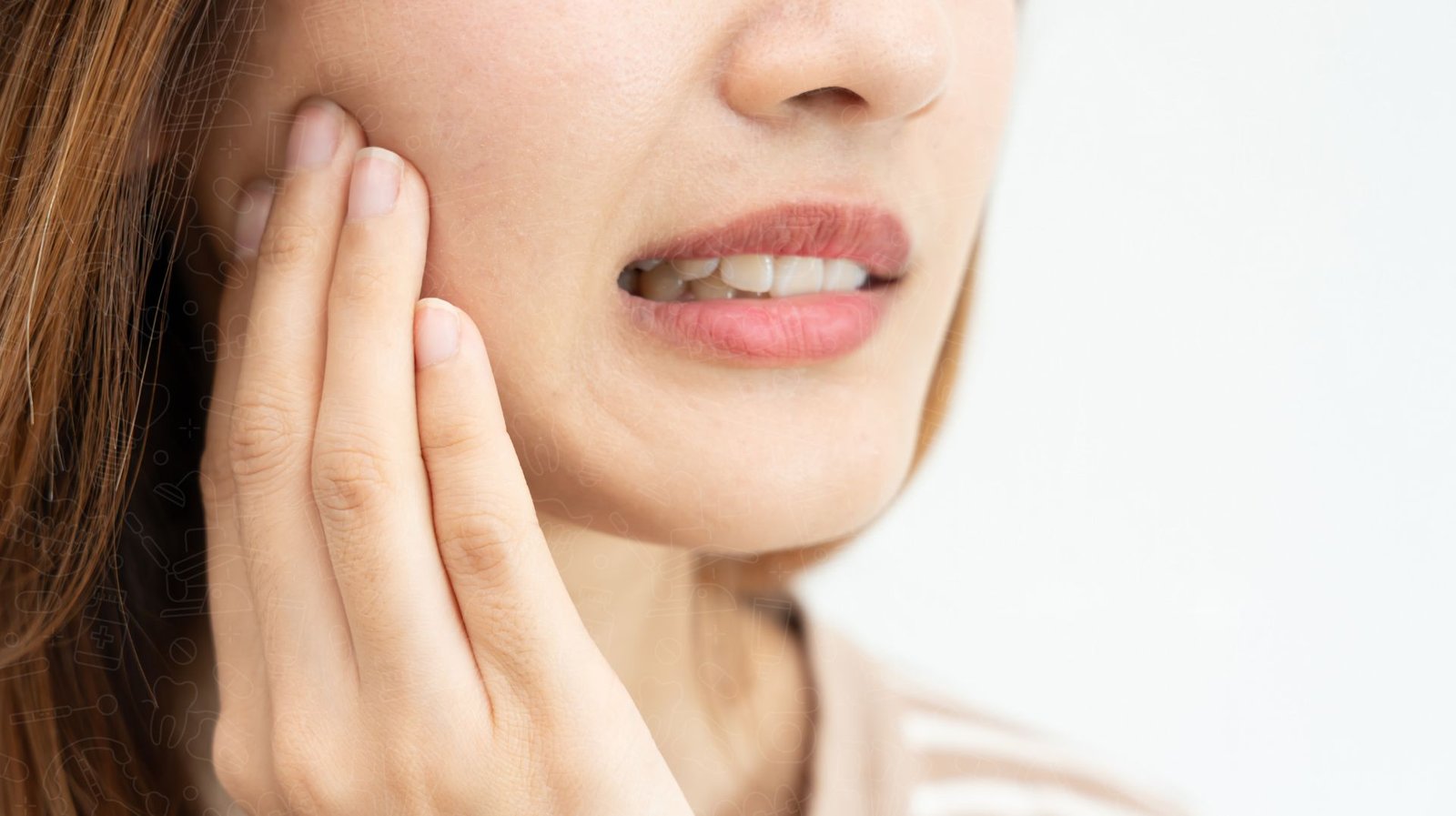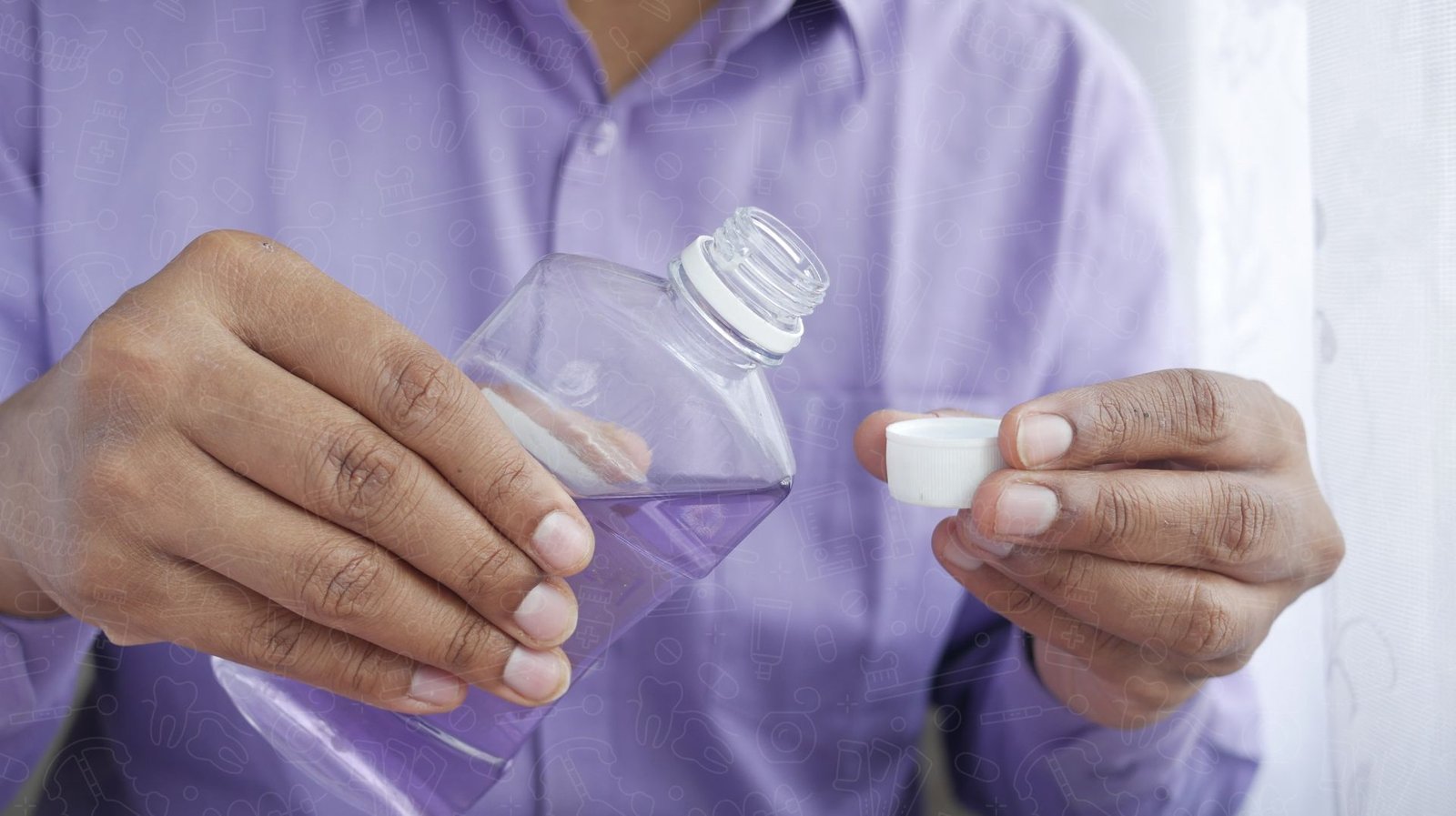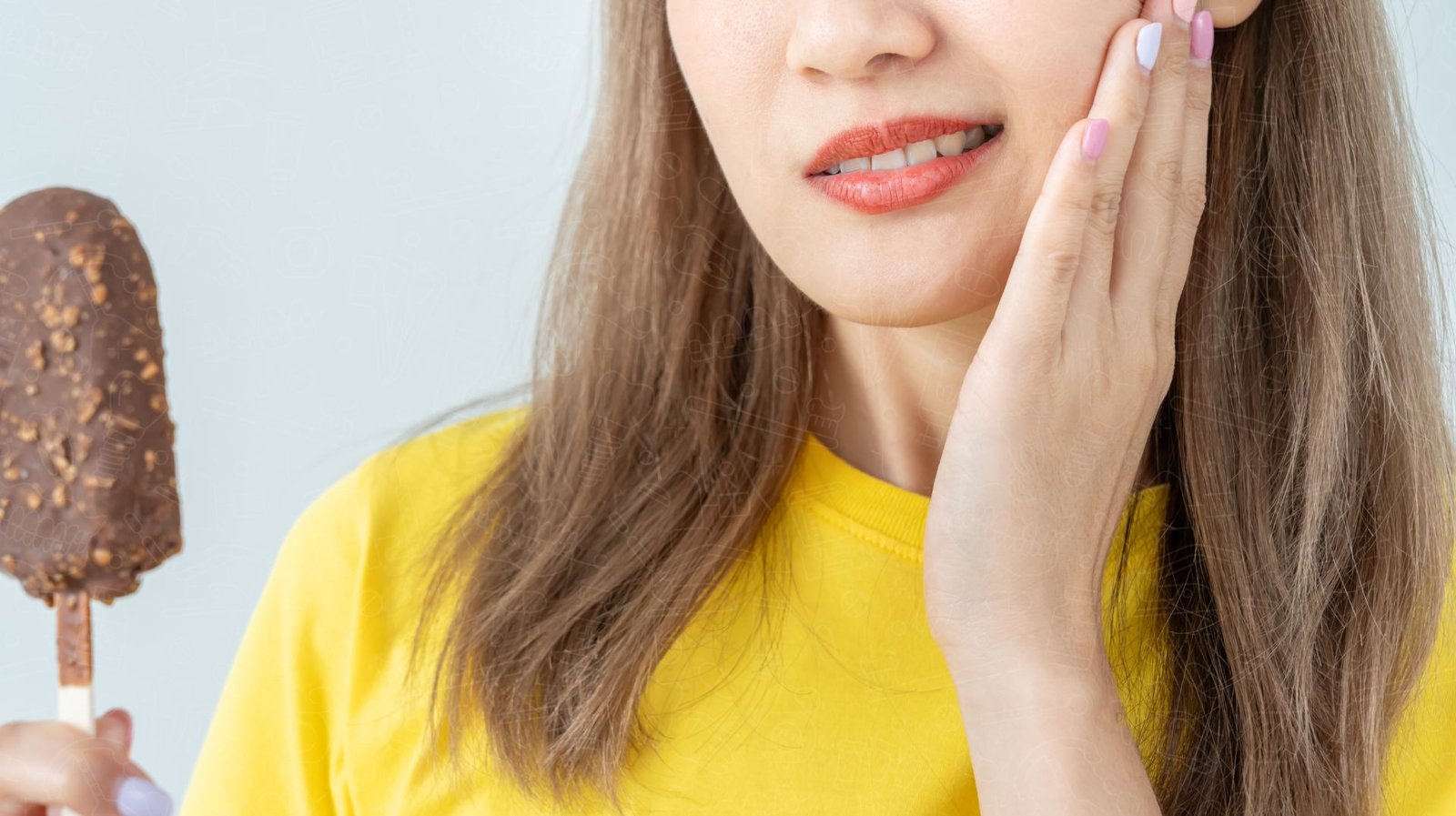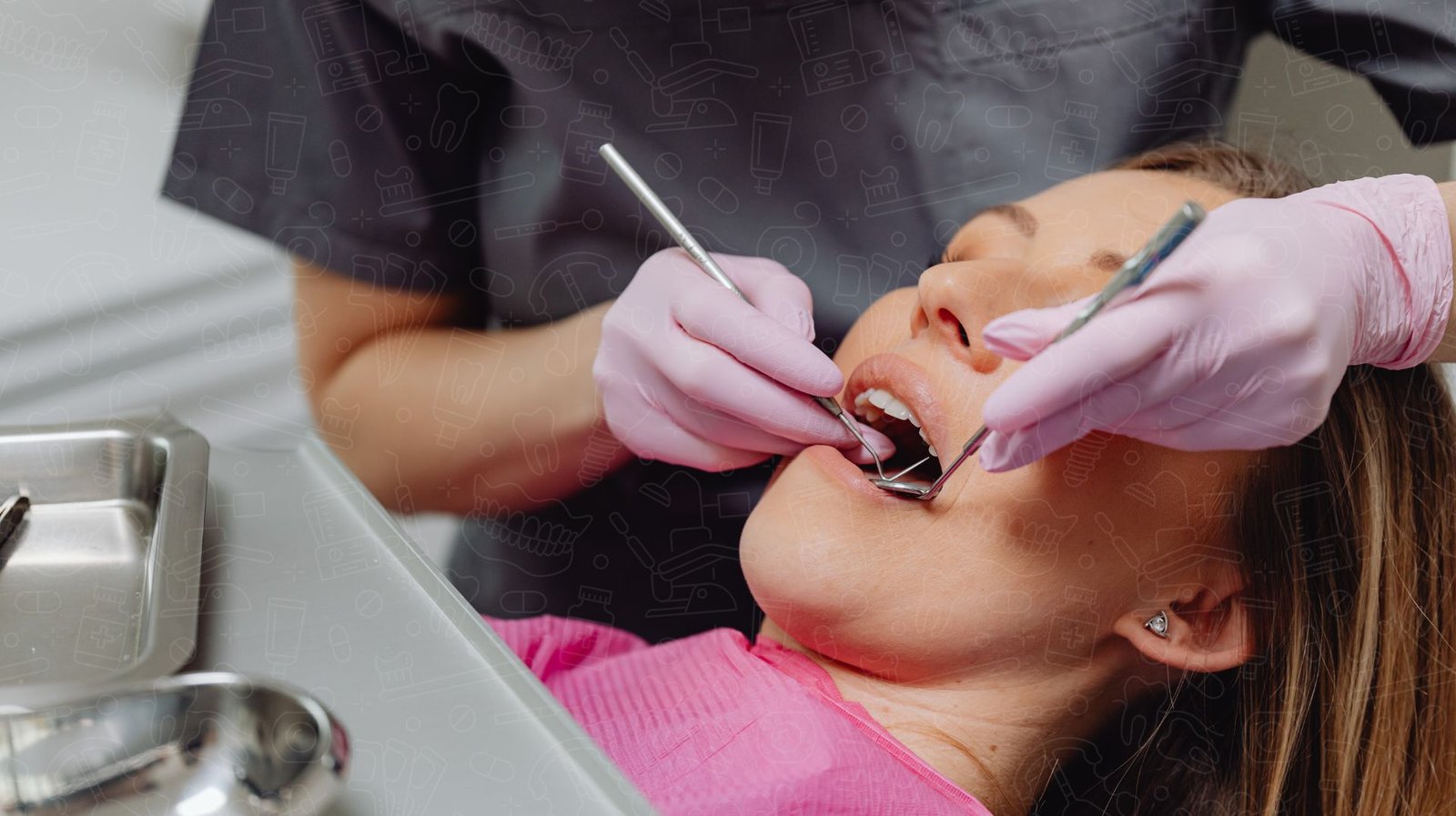What Is Nitrous Oxide and How It Works for Children
Nitrous oxide, often referred to as “laughing gas,” plays a vital role in pediatric dentistry, offering a soothing solution for children who may experience anxiety during dental visits. As a colorless and odorless gas, nitrous oxide serves to create a comfortable environment, crucial for alleviating fear associated with dental treatments. By engaging the child’s nervous system, nitrous oxide provides a gentle sedative effect that helps make dental procedures more manageable without full sedation.
Upon inhalation, this gas swiftly enters the bloodstream, resulting in a rapid decrease in anxiety levels. Children report feelings of excitement and relaxation, ushering in a more positive experience while remaining fully responsive to their dental professionals. This property of nitrous oxide provides an essential advantage, especially during common procedures that can otherwise be intimidating for young patients.
Moreover, the transient nature of nitrous oxide means its effects subside quickly after the procedure is complete. Children can typically resume normal activities shortly thereafter, making it an optimal choice for quick interventions. As a well-researched option for managing pediatric dental anxiety, understanding nitrous oxide is crucial for parents aiming to make informed decisions about their child’s comfort and care during dental visits. This article will further explore how nitrous oxide works, its safety profile, and its benefits in the realm of pediatric dentistry.
What Is Nitrous Oxide and How It Works for Children
Nitrous oxide, commonly referred to as “laughing gas,” is a colorless and odorless gas used in pediatric dentistry to calm anxious children during dental procedures. This gas acts as a sedative, providing a relaxing effect while allowing the child to remain conscious and responsive. Nitrous oxide achieves its effects by rapidly inducing a sense of well-being, which helps mitigate fear and discomfort associated with dental treatments.
When inhaled, nitrous oxide quickly enters the bloodstream, leading to a decrease in anxiety and an increase in comfort levels. It works by binding to receptors in the brain that regulate mood and perception, resulting in the euphoric sensations often reported by children during its administration. Additionally, nitrous oxide has a fast onset and offset, meaning its effects wear off quickly once the procedure is complete, allowing children to return to their normal activities without prolonged sedation.
The use of nitrous oxide in pediatric dentistry is generally well-studied and accepted as a safe option for managing dental anxiety. By maintaining a light level of sedation, it enables dental professionals to perform necessary treatments efficiently while ensuring the child’s comfort. Understanding how nitrous oxide works can aid parents and guardians in making informed decisions regarding their child’s dental care.
Common Pediatric Dental Procedures Using Nitrous Oxide
Nitrous oxide, commonly known as “laughing gas,” is frequently utilized in pediatric dentistry to alleviate anxiety and discomfort during various dental procedures. This mild sedative effectively helps children relax, making dental visits more manageable and less frightening. Typically, nitrous oxide is administered during procedures such as dental cleanings, tooth extractions, cavity fillings, and the placement of crowns.
During these sessions, the use of nitrous oxide allows pediatric dentists to perform necessary treatments with minimal distress to the child. The gas works by calming the nervous system, enabling the child to remain still and cooperative, which is crucial for successful outcomes in dental care.
Moreover, the rapid onset and quick recovery associated with nitrous oxide make it an ideal option for young patients. Since the effects dissipate shortly after the procedure, children can return to their normal activities without prolonged sedation effects.
It’s important to note that the use of nitrous oxide is tailored to meet the specific needs of each child, ensuring their comfort and safety throughout the treatment process. By integrating nitrous oxide into these common dental procedures, dentists can foster a positive experience, ultimately encouraging good oral hygiene habits and regular dental visits in young patients. This approach helps alleviate both immediate anxiety and long-term fear of dental care.
Safety of Nitrous Oxide for Children in Dentistry
Nitrous oxide, commonly known as laughing gas, is widely recognized for its role in pediatric dentistry due to its safety profile and effectiveness in alleviating anxiety. When administered properly by trained dental professionals, nitrous oxide is one of the safest sedative agents available for young patients. Its effects are quick to take place and can be easily reversed, making it an ideal choice for managing discomfort during dental procedures.
Monitoring is a critical aspect of ensuring the safe use of nitrous oxide in children. Dentists typically evaluate each child’s medical history and current health status to identify any potential contraindications. While side effects are generally uncommon and mild, they can include nausea or dizziness. To mitigate these risks, a thorough assessment is essential, and appropriate dosing must be adhered to for each individual child.
Additionally, nitrous oxide is administered in a controlled environment where the child’s vital signs can be monitored. The use of this gas allows for a comfortable dental experience, fostering a positive relationship between the child and dental care. Parents are encouraged to discuss any concerns with their children’s dentist to ensure that nitrous oxide is used safely and effectively during dental treatments, promoting a stress-free atmosphere for young patients.
Benefits of Using Nitrous Oxide for Children
Nitrous oxide, commonly known as “laughing gas,” offers several advantages for children undergoing dental procedures. One primary benefit is its ability to significantly reduce anxiety and fear associated with dental visits. Many children experience dental phobia, which can lead to avoidance of necessary treatments. By using nitrous oxide, dental practitioners can create a calm environment, allowing children to remain relaxed and cooperative throughout procedures.
Another key advantage is the fast-acting nature of nitrous oxide. It takes effect within minutes, enabling a quicker onset of sedation, which is particularly beneficial for shorter dental treatments. Upon completion of the procedure, nitrous oxide leaves the body rapidly, resulting in minimal residual effects. This leads to a quicker recovery time for young patients, allowing them to resume their everyday activities almost immediately.
Furthermore, nitrous oxide is non-invasive and has a favorable safety profile when administered correctly. Dental professionals are trained to monitor the dosage and ensure that children are receiving the appropriate levels for their age and weight. This makes it a highly effective and safe option for managing discomfort and anxiety during pediatric dental care.
Finally, nitrous oxide can facilitate better communication between the dentist and the child, enhancing the overall experience for both parties. With these numerous benefits, nitrous oxide stands out as a valuable tool in pediatric dentistry, ensuring that children receive the dental care they need without the associated stress.
When Nitrous Oxide May Not Be Recommended for Children
Nitrous oxide is generally safe and effective for managing anxiety and discomfort during dental procedures for children. However, there are specific medical and behavioral conditions where its use may not be recommended. For instance, children with certain respiratory conditions, such as severe asthma or chronic obstructive pulmonary disease (COPD), may experience complications when exposed to nitrous oxide. These conditions can hinder optimal breathing, making alternative sedation methods more appropriate.
Additionally, children with a history of substance abuse or those undergoing treatment for addiction may be advised against nitrous oxide due to its psychoactive properties. Furthermore, behavioral issues, such as severe anxiety disorders or developmental disabilities, may affect how a child responds to sedation. Those children may require a tailored approach to dental care that considers their unique needs.
Parents should engage in open communication with their child’s dental provider to discuss any health concerns or behavioral conditions that might influence the decision. Understanding these factors is critical for ensuring the safety and effectiveness of dental treatments. Ultimately, while nitrous oxide can be an excellent option for many, specific medical and behavioral circumstances call for careful consideration before administration. The goal is to prioritize the child’s wellbeing and make informed choices about their dental sedation options.
Preparing Your Child for Nitrous Oxide at the Dentist
Preparing a child for dental procedures involving nitrous oxide can significantly enhance their comfort and cooperation. Parents play a crucial role in this preparation process. It is essential to provide age-appropriate information about nitrous oxide, explaining that it is a safe gas that helps children relax and feel less anxious during dental treatments.
Parents should encourage an open dialogue, allowing children to express their feelings and concerns regarding the dentist visit. Practicing relaxation techniques at home, such as deep breathing exercises, can help children manage pre-appointment anxiety. Additionally, visiting the dental office prior to the procedure may help familiarize children with the environment and staff, reducing fear associated with the unknown.
Choosing the right moment to discuss the use of nitrous oxide is also important. A calm and positive narrative about the experience can help alleviate any apprehension. Parents might consider using books or videos about dental visits, reinforcing the idea that nitrous oxide is a common and effective tool for making dental visits easier for children.
Ultimately, facilitating a sense of security and support not only helps children feel more at ease but also fosters a positive association with dental care, which can be beneficial for long-term oral health. By taking these steps, parents can help ensure their child’s experience with nitrous oxide at the dentist is both smooth and comfortable.
Conclusion: Ensuring Positive Dental Experiences with Nitrous Oxide
In summary, nitrous oxide, or “laughing gas,” proves to be a valuable asset in pediatric dentistry, offering a safe and effective method for reducing anxiety in children during dental procedures. It enables young patients to maintain a calm and cooperative demeanor, alleviating fear while still allowing them to participate actively in their dental care. By facilitating quick sedation onset and recovery, nitrous oxide ensures that children return to their routine swiftly, making dental visits a far less daunting experience.
Parents and guardians play a pivotal role in preparing their children for the use of nitrous oxide. Open communication about what to expect can help demystify the dental experience. Moreover, working closely with dental professionals to understand the safety protocols surrounding nitrous oxide can further enhance parents’ confidence in this approach.
Understanding both the benefits and the circumstances under which nitrous oxide may not be suitable empowers families to make informed decisions. As pediatric dentistry continues to evolve, employing effective strategies such as nitrous oxide will foster a positive relationship with dental care, promoting better oral health practices in the long run. By emphasizing comfort and safety, children can grow up with less anxiety and more trust in dental environments, paving the way for lifelong dental health.





